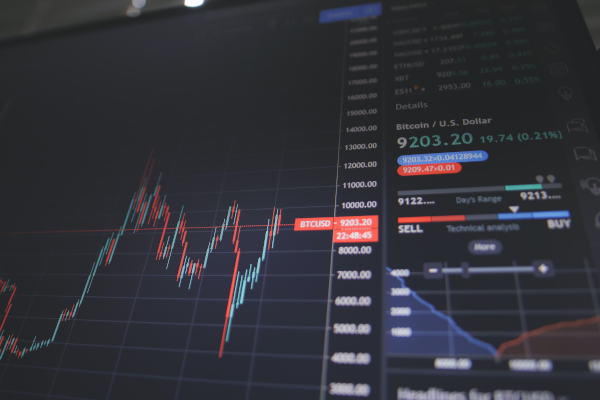Russell 2000 to Play Catch-up? Considering Small Caps for Big Gains
Among other things, 2023 has been characterized as the year of the Magnificent Seven -- the handful of mega-cap technology stocks that have, by and large, propped up the broader stock market throughout the year. While an equal-weighted S&P 500 index might show modest gains, the market-cap-weighted S&P 500 has been driven to fresh short-term highs again and again on the back of an alarmingly small number of tech titans.
One result for the outperformance of what some commentators might consider to be a lopsided large-cap market with poor breadth of participation is that smaller, lesser-known publicly listed companies have effectively been left behind. It's a market dislocation that few traders notice and even fewer care about, and yet, this dislocation may offer a prime opportunity for investors willing to ferret out some small needles in a capacious haystack.
The oversold market sector that nobody talks about
Here's a quick quiz question. During a time of higher-for-longer interest-rate policy, sticky inflation and recession jitters, which stock-market sector is the most oversold now? Of course, the term "oversold" will be defined differently by different people. Nonetheless, Bespoke Investment Group did a commendable job of summing up the toll that 2023's macroeconomic challenges have taken on a variety of stock segments.
The usual suspects are all there. Utilities stocks are getting hammered as investors choose the 4% to 5% risk-free yield offered by Treasury bonds instead of the subject-to-change dividend yields offered by electric companies. Consumer staples stocks have fallen victim to the inflation monster, while elevated borrowing costs have taken their toll on financials, real estate and other segments of the market and economy.
However, there's one sector that's both small and big at the same time, and it's one that's often left out of the conversation. I'm referring to small caps, which we might informally define (since there's no universally agreed-upon definition) as publicly listed companies with market capitalizations below $2 billion.
We could certainly be more granular in our analysis and divide small caps into large small caps, micro caps, nano caps, and so on. However, for the purposes of this discussion, there's neither the room nor the inclination to split hairs.
No matter how you slice it, the Magnificent Seven are in vogue, while the "smallies" are getting left behind.
The outperformance of mega caps and especially tech stocks over small caps has reached a magnitude reminiscent of the frothy dotcom bubble in 2000. However, I'm not drawing alarmist conclusions here. Rather, I see huge opportunities in small places.
Buy the whole basket or choose the best among the smallest?
If you believe, as I do, that the market tends to rotate in and out of stock sectors over the long term, then a number of possible strategies present themselves. The most obvious of these would be to simply buy the most popular and liquid exchange-traded fund (ETF) that tracks the Russell 2000: the iShares Russell 2000 ETF (NYSEARCA:IWM).
The Russell 2000 index includes 2,000 small-cap stocks. This might seem like a gigantic number of stocks, but it's necessary since small caps can be quite volatile, and that volatility can be mitigated by diversifying the index across a couple thousand stocks. As for the IWM ETF, it has a low 0.19% annual expense ratio and a consistently high daily trading volume.
Risk-tolerant folks might try a pairs trade consisting of a long IWM position and a dollar-amount-equal short position in an ETF that tracks the NASDAQ or S&P 500. However, I don't recommend this strategy. For one thing, borrowing costs on short positions are through the roof now. Moreover, it's an act of self-destruction to bet against the Magnificent Seven nowadays; just ask the hapless traders who shorted those stocks earlier this year.
However, I do like the idea of adding a handful of carefully selected small-cap stock picks to one's IWM position. Just don't over-leverage yourself on any particular small-cap stock, as these relatively small companies could literally go out of business. Additionally, be sure to select small companies with competitive moats, revenue growth, profitability or at least a good chance of achieving it in the near future, and a share price high enough that the company isn't in jeopardy of being delisted.
While this is a lot of due diligence to conduct, smaller businesses typically require more vetting because the safety net of mega-deep capital reserves isn't there. Still, your efforts should be well rewarded as the era of the Magnificent Seven may be in its final innings, and we can only hope that the smaller players will soon have their moment to shine.
Source valuewalk





